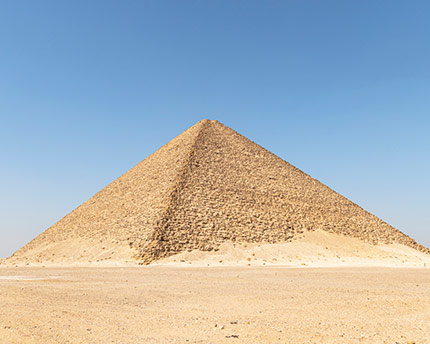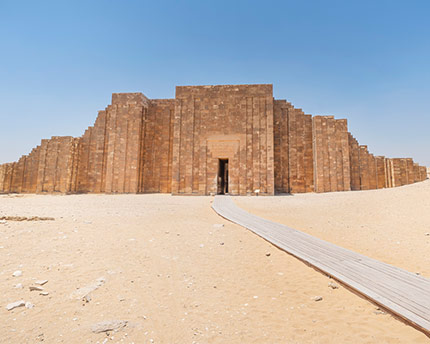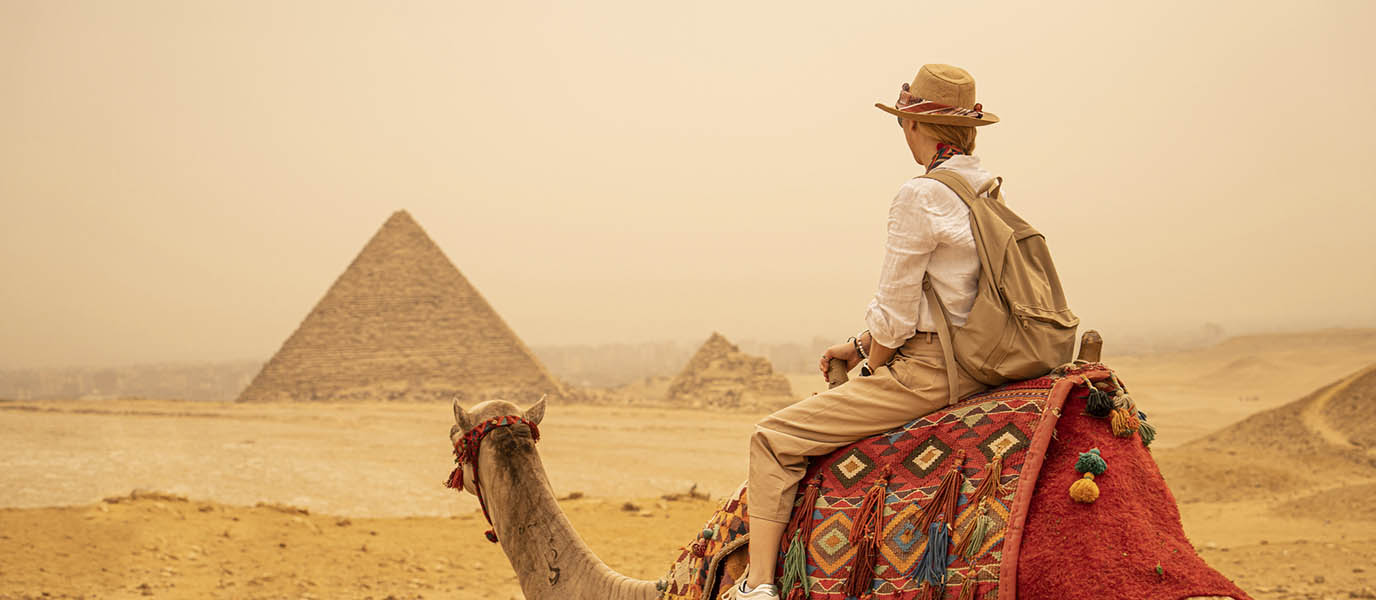The city’s Coptic quarter is a must-visit during any trip to the Egyptian capital. Cairo has been a real melting pot of cultures over the years, and this neighbourhood allows us to gain a better understanding of its history and legacy. Welcome to Coptic Cairo.
A brief history of Coptic Cairo
Before exploring this neighbourhood, it is important to learn a little bit about its history. Who are the Copts and why is there a Coptic quarter in Cairo? Copts is the term used to describe Egyptian Christians, who are the largest Christian community in the Middle East. Originally, the word ‘Copt’ referred to all residents of the city of Cairo. However, with the arrival of the Arabs and the spread of Islam across the land, the term was then used to refer to all Egyptian Christians.
According to the New Testament, the family of Jesus Christ is said to have lived in what is now Coptic Cairo during his exile from Herod. Saints Sergius and Bacchus Church, the oldest one in Coptic Cairo, stands at this very point.
Long before the city’s foundation back in the 10th century, a Roman fortress called Babylon existed in what is now Coptic Cairo at the crossing of the canal which links the Nile to the Red Sea. With the Muslim conquest of Egypt, the northern part of Coptic Cairo became the city of Fustat, which was the capital city of Egypt for a few years until the foundation of Cairo.
What to see in Coptic Cairo
Coptic Museum
No trip to Coptic Cairo is complete without visiting the Coptic Museum, home to the largest collection of Coptic art and historical memorabilia anywhere in the world. Opened in 1910, it is housed within a beautiful building.
Among the thousands of objects on display are the Nag Hammadi Manuscripts: a series of religious scrolls from the 3rd and 4th centuries which were found in 1945 inside a ceramic jar in Upper Egypt. There are all kinds of objects on display at the museum, such as frescoes, textiles and wood carvings.
The Hanging Church
The Hanging Church stands alongside the Coptic Museum. Although officially named the Saint Virgin Mary’s Coptic Orthodox Church, its nickname of ‘The Hanging Church’ derives from its location above a gate of the Fortress of Babylon, where the temple’s nave hangs over a passageway. It was built between the third and forth centuries and is the city’s largest Christian church. Inside, there is a marble pulpit with 13 columns (one for each of the twelve apostles, plus Jesus Christ).
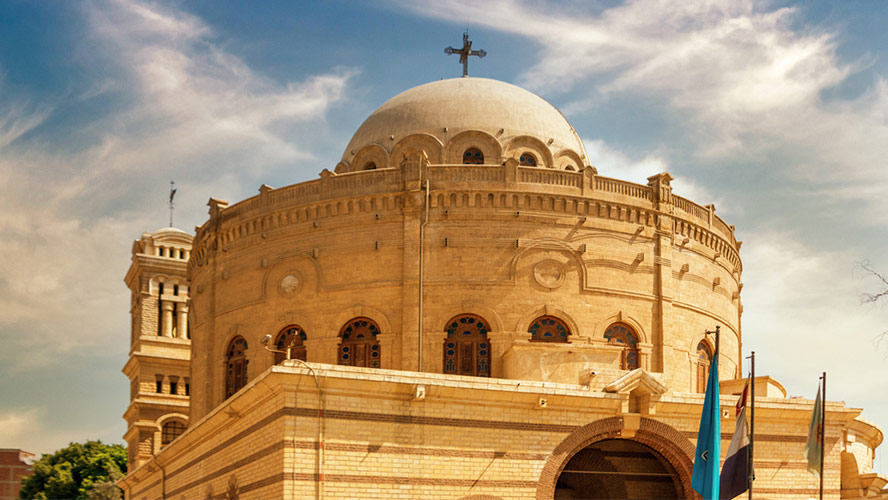
Roman Towers
Most of the Babylon Fortress was demolished in the 19th century, but some of the remains were thankfully saved from the pick-axe. Today we can see what this Roman fortress (built around 30 BC) was like, one of the greatest works of the empire in the country. Two circular towers that once belonged to the port on the Canal of the Pharoahs, which connected the Nile with the Red Sea, have survived to this day.
Amr Ibn al-As Mosque
Not far from the Roman Towers and the Hanging Church is the Amr Ibn al-As Mosque. Dating back to the year 642 in the then-city of Fustat, this was the first mosque in all of Africa. However, the current structure retains nothing of the original construction. It was one of the main centres of Islamic teachings until it was eventually replaced by the Al-Azhar Mosque.
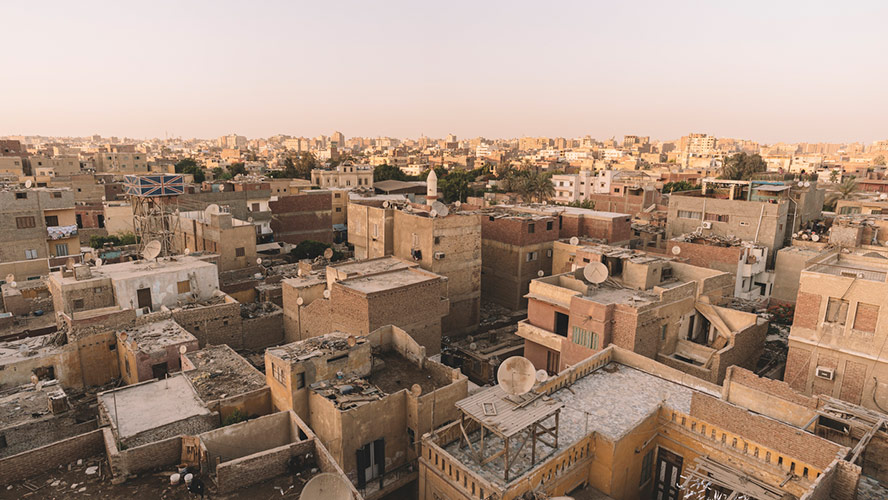
The mosque was destroyed several times throughout history, but was re-built on each occasion. The last two rebuilds, carried out in the 19th and 20th centuries, correspond to the current structure.
Ben Ezra Synagogue
Next to the Hanging Church and the remains of the Babylon Fortress is the Ben Ezra Synagogue, a must-visit in Coptic Cairo. This structure, which was originally a Coptic church, was later bought by the Jewish man Abraham Ibn Ezra. According to Jewish tradition, the synagogue is located on the very spot where the baby Moses was found.
Successive destructions and reformations have shaped the present-day synagogue, which is one of Cairo’s most visited monuments.
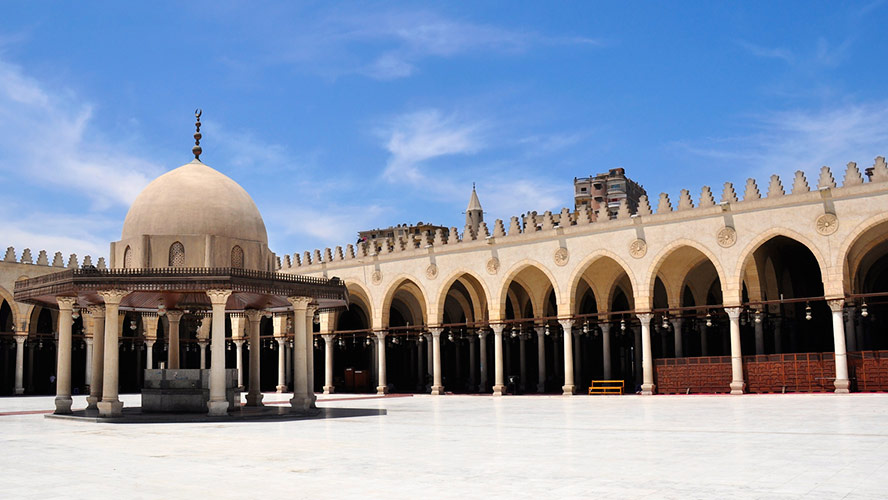
Where to eat in the Coptic Quarter
Coptic Cairo isn’t home to a wide range of restaurants and places to eat. However, there are a few places that come highly recommended:
- Old Cairo: a local restaurant located very close to the Hanging Church. Here you will find traditional Egyptian dishes at very reasonable prices.
- Al Khan: this cafeteria stands at the foot of the Amr Ibn al-As Mosque and has a gorgeous interior courtyard. It is a great place to find good Egyptian food in a pleasant atmosphere.
- Nile Boat Cruise: this is one of the many boats that have been converted into floating restaurants along the River Nile. It is a pleasant place to enjoy an al fresco meal as you take in the views of the famous river.
Where to stay in Coptic Cairo
The Coptic Quarter doesn’t have many accommodation options either, so we recommend staying in other parts of the city and travelling to this neighbourhood by metro.
One good option is the Barceló Cairo Pyramids hotel: a modern, four-star hotel located on Sharia Al Haram street which leads all the way to the Giza Pyramids. It has 236 rooms, an outdoor swimming pool and a spectacular twelfth-floor terrace with views of the pyramids.




































































